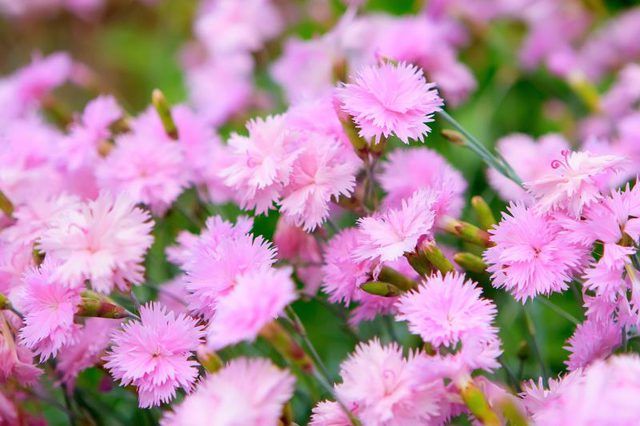Bulbs
Flower Basics
Flower Beds & Specialty Gardens
Flower Garden
Garden Furniture
Garden Gnomes
Garden Seeds
Garden Sheds
Garden Statues
Garden Tools & Supplies
Gardening Basics
Green & Organic
Groundcovers & Vines
Growing Annuals
Growing Basil
Growing Beans
Growing Berries
Growing Blueberries
Growing Cactus
Growing Corn
Growing Cotton
Growing Edibles
Growing Flowers
Growing Garlic
Growing Grapes
Growing Grass
Growing Herbs
Growing Jasmine
Growing Mint
Growing Mushrooms
Orchids
Growing Peanuts
Growing Perennials
Growing Plants
Growing Rosemary
Growing Roses
Growing Strawberries
Growing Sunflowers
Growing Thyme
Growing Tomatoes
Growing Tulips
Growing Vegetables
Herb Basics
Herb Garden
Indoor Growing
Landscaping Basics
Landscaping Patios
Landscaping Plants
Landscaping Shrubs
Landscaping Trees
Landscaping Walks & Pathways
Lawn Basics
Lawn Maintenance
Lawn Mowers
Lawn Ornaments
Lawn Planting
Lawn Tools
Outdoor Growing
Overall Landscape Planning
Pests, Weeds & Problems
Plant Basics
Rock Garden
Rose Garden
Shrubs
Soil
Specialty Gardens
Trees
Vegetable Garden
Yard Maintenance
How to Grow Carnations
How to Grow Carnations. An old-fashioned favorite, carnations (Dianthus caryophyllus) add long-lasting color, fragrance and texture to annual and perennial garden beds. Their clove-scented flowers appear in mid-spring and tower above their grassy, deep green foliage for days, eventually fading in early summer. Carnations require little ongoing care...
An old-fashioned favorite, carnations (Dianthus caryophyllus) add long-lasting color, fragrance and texture to annual and perennial garden beds. Their clove-scented flowers appear in mid-spring and tower above their grassy, deep green foliage for days, eventually fading in early summer. Carnations require little ongoing care to perform well in most gardens. However, they must be grown under the correct conditions to ensure their good health, tidy appearance and prolific blooming.

Most carnation varieties grow well within U.S. Department of Agriculture plant hardiness zones 7a to 10b. However, their hardiness varies according to their cultivar. Vienna Mischung carnations (Dianthus caryophyllus "Vienna Mischung") grow best in USDA hardiness zones 6 to 9, while varieties such as Grenadin Pink (Dianthus caryophyllus "Grenadin Pink") are more cold tolerant and will survive in USDA hardiness zones 4 to 9. Carnations respond well to container cultivation and can be overwintered indoors in a cool room with a south-facing window, if necessary.
Full sun and fast-draining soil are key when growing carnations. Choose a growing site with southern exposure and neutral to mildly alkaline soil. Clay soil or badly impacted, heavy soil needs to be amended with a 2- to 4-inch layer of compost worked into the top 12 to 15 inches to improve its texture, as sluggish drainage can cause serious root problems for carnations during the winter months. Space the plants according to their mature spread, which ranges from 6 to 18 inches depending on the cultivar. Potted carnations need a large clay pot to ensure good root health, as well as moderately fertile, sterile potting soil.
The water needs of carnations vary depending on their growing conditions. In the garden, provide 1 inch of water weekly if no rain falls, wetting the top 12 inches of soil. Consistent moisture is necessary when growing carnations in the garden, but the soil must be allowed to dry out just beneath the surface between waterings to prevent crown rot and other problems. Spread a 2-inch layer of mulch around the base of the plant to conserve soil moisture, but keep it from touching or resting against the stems. Water potted carnations deeply yet infrequently, saturating the soil until the excess water drains from the pot and letting the surface dry out before watering again.
Carnations are light feeders that seldom require supplemental fertilizer. However, potted specimens do benefit from feeding every two weeks during the active growing season to replenish their soil. Dissolve 1/2 teaspoon of balanced, 10-10-10 analysis fertilizer in 1 gallon of water and replace one watering every two weeks with the solution. Discontinue feeding in late summer to allow the plant to rest. Garden-grown carnations need no chemical fertilization, but most benefit from a light application of compost in spring. Spread a 1-inch layer of compost around the base of the carnation in spring, then cover it with a 2-inch layer of mulch as you normally would.